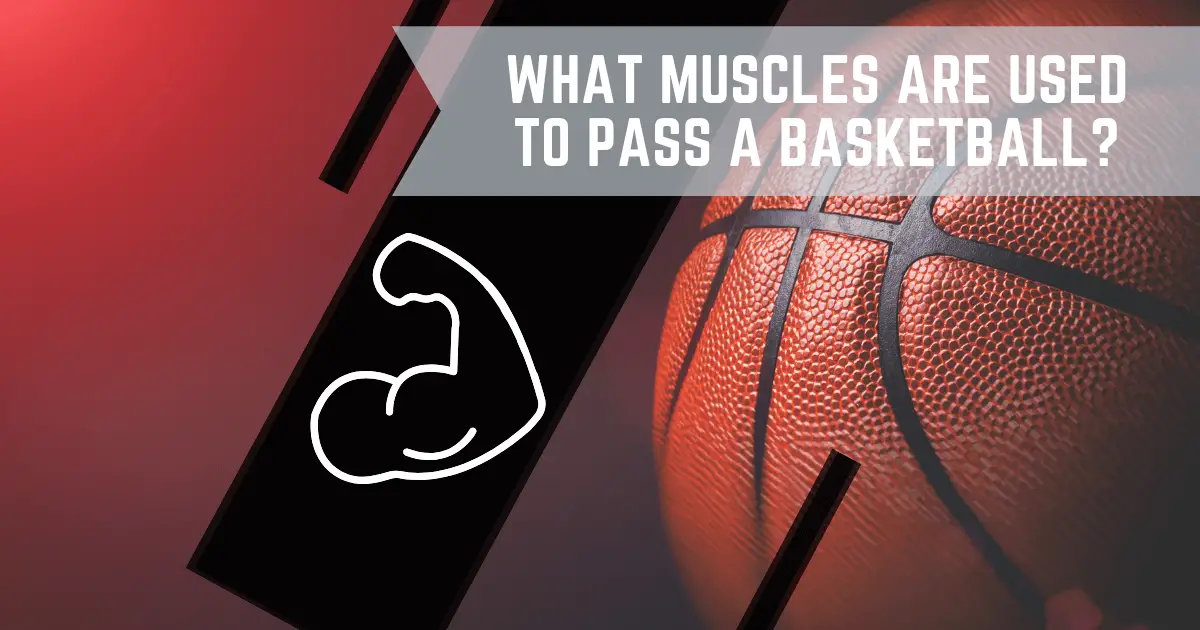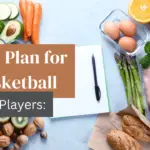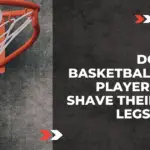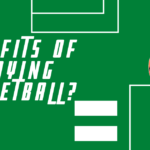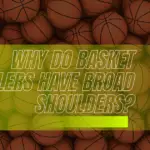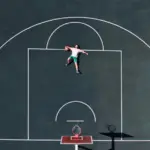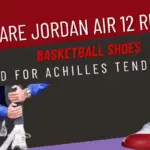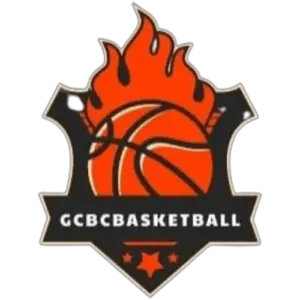Passing a basketball is an essential skill for any aspiring athlete. Not only does it require good hand-eye coordination, but it also requires specific muscles to execute the move properly. The arms and shoulders are the primary muscle groups used when passing a basketball.
Muscles Used To Pass A Basketball:
Arm Muscles
Bicep
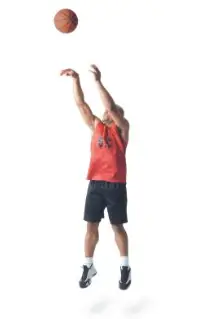
The bicep is one of the most important muscles when passing a basketball. Located in the upper arm, the bicep is responsible for flexing and rotating the elbow joint, enabling movement and power during a pass.
When throwing a basketball, the bicep helps to create momentum by powering through long-distance passes and short-range shots. Additionally, the bicep supports various motions such as gripping, holding, pushing, and pivoting – all critical components needed for an effective pass. Strengthening this muscle group can help athletes improve their performance on the court.
To maximize output from your biceps when passing a basketball, practice proper technique while focusing on strengthening exercises like curls or chin-ups that target these muscles specifically.
Tricep
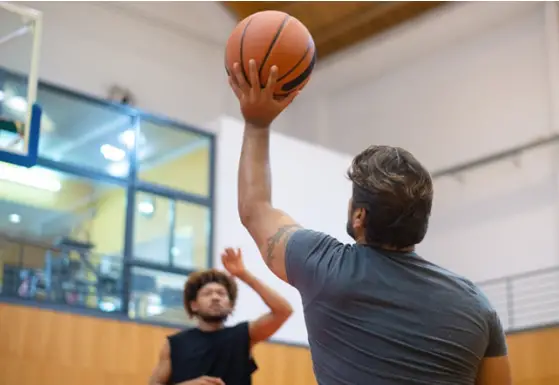
The tricep can be found at the back of your upper arm and is responsible for extending the elbow joint. When you pass a basketball, you use the tricep to push the ball out of your hands while locking your elbow. Strengthening this muscle will make it easier to generate more power when throwing, resulting in longer and faster passes.
Deltoid
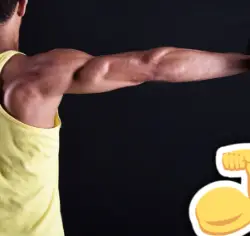
The deltoid muscle, also known as the “shoulder muscle,” is one of the three muscles that make up the shoulder and plays a large role in helping to move the arm and shoulder during a pass. As the muscle responsible for extending and rotating the arm, it helps to propel the ball from one player to another.
When passing a basketball, engaging your deltoid can give you more power behind your throw. To do this, focus on contracting your shoulder muscles to generate momentum before releasing the ball. This will help ensure it travels further by providing additional force as it leaves your hands.
Core Muscles
Abdominals
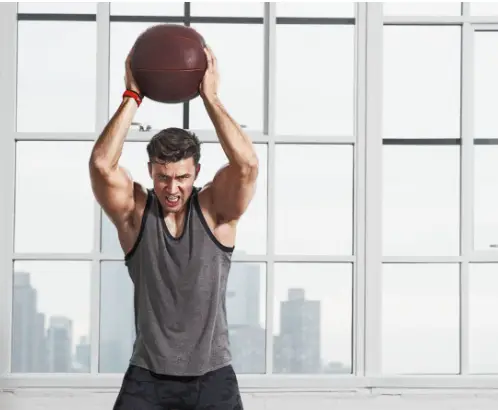
The abdominal muscles stabilize and transfer the force generated from other muscle groups when passing a ball. Without proper control over this area, keeping your arms up while making long passes or generating enough power behind short ones may be difficult. Strengthening your core will help you maintain good posture while throwing and provide stability through your torso when aiming at an intended target.
Glutes
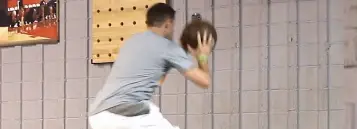
The glutes muscle group consists of three major muscles: the gluteus maximus, medius, and minimus. These powerful muscles play an important role in generating force for quick, accurate passes on the court.
The gluteus maximus is the largest of these three muscles and works to extend the hip when you pass a ball. The muscle attaches from your lower back down to your upper thighs, providing stability and control to your body as you throw a basketball with power. Additionally, it’s responsible for creating rotation in your hips, which adds spin to the ball during passes that require greater accuracy.
The gluteus medius and minimus help maintain balance while passing by stabilizing your pelvis on one side during side-to-side movements.
Leg Muscles
Hamstrings
The hamstrings consist of three separate muscles located in the back of the thigh. These muscles are vital in the movement and power needed to pass a basketball effectively.
When passing a basketball, the hamstrings will contract, which is essential for providing stability and power and allowing you to move your leg quickly to make an accurate pass. The strength of your hamstrings will also determine how quickly you can change direction while running with the ball and how far you can jump when trying to shoot or rebound.
Quadriceps
The quadriceps muscle group is made up of four distinct muscles that are located on the front of the thigh. The primary role of the quadriceps is to help extend and straighten out the leg, which is essential when passing a basketball. To properly pass a basketball, the quads must be strong enough to quickly move your body into position while generating enough power to launch the ball with accuracy and force.
The quads can also help when it comes time to jump or pivot to get off a quality pass. Without proper strength and flexibility in these muscles, it would be extremely difficult for a player to transition from their dribble into an effective pass without losing control or wasting too much energy.
Will Bigger Biceps Help Me In Passing Basketball?
The primary muscles used when throwing or passing a ball involve the deltoids and triceps in your arms and the chest and shoulder muscles. While stronger bicep muscles may be beneficial during these movements, they are not crucial for the successful execution of these skills.
Tips To Improve Passing In Basketball:
- Work on your upper body strength: Passers must be able to move their arms to make well-timed passes to teammates quickly. Exercises such as push-ups, bench presses, and bicep curls can help build arm strength and muscle control for passing accurately.
- Practice using both hands: Use both hands when making passes to become more versatile with your movements on the court. Becoming comfortable with both hands will also prevent defenders from predicting which way you’ll move or pass the ball ahead of time.
- Practice passing the ball in various directions: Some players prefer to bounce the ball to a teammate on the left side of their body, while others like to bounce passes ahead to the right side. Practice passing from both sides so you can be comfortable with either way.
InfoGraphics:
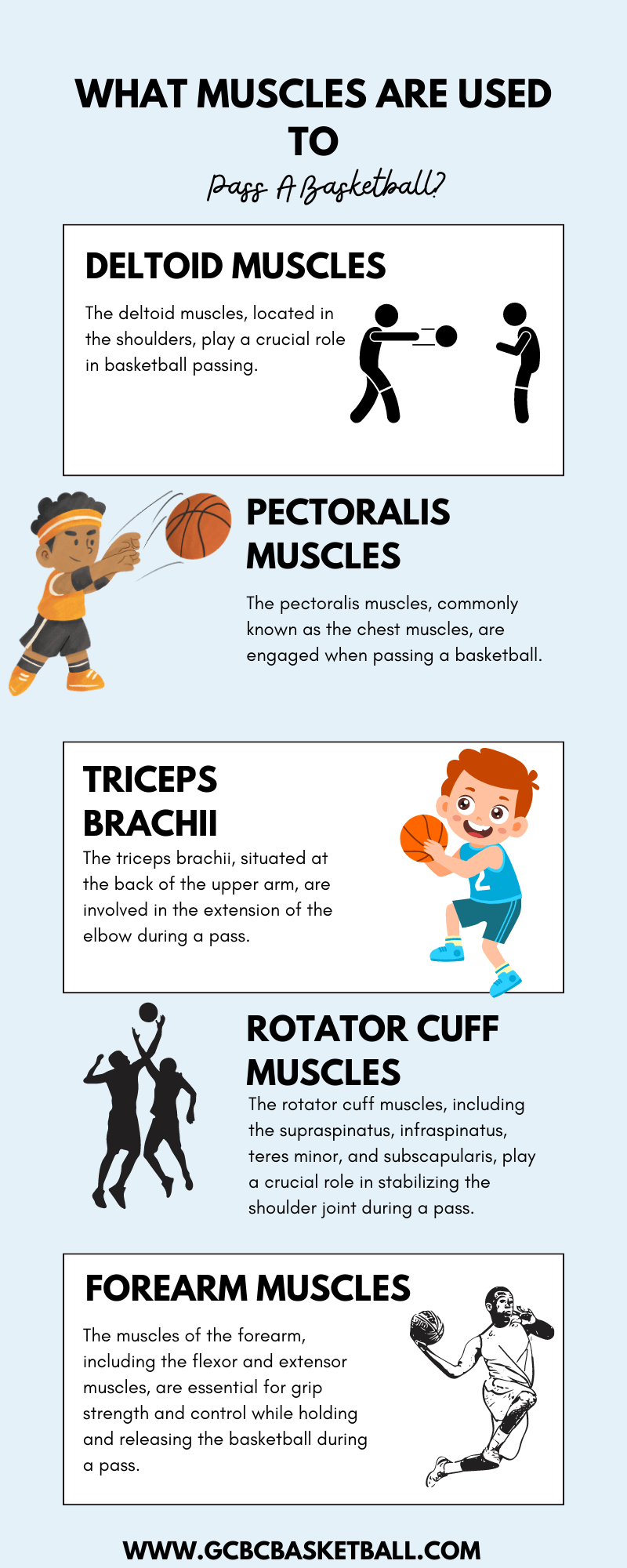
Conclusion:
Passing a basketball is a skill that requires both strength and finesse. For the most successful pass, players should use the muscles of their arms, chest, back, abdomen, and hips to generate enough force to send the ball accurately toward its intended target. Also, practice makes perfect; the more a player practices passing a basketball while engaging all the correct muscles, the easier it will become.

Clyde Jackson III is a basketball coach and the founder of GCBC Basketball, a basketball-related learning and informational website that focuses on helping young players develop their skills on and off the court. With over 15 years of coaching experience, Clyde has worked with players of all ages and skill levels, from beginners to professionals.

